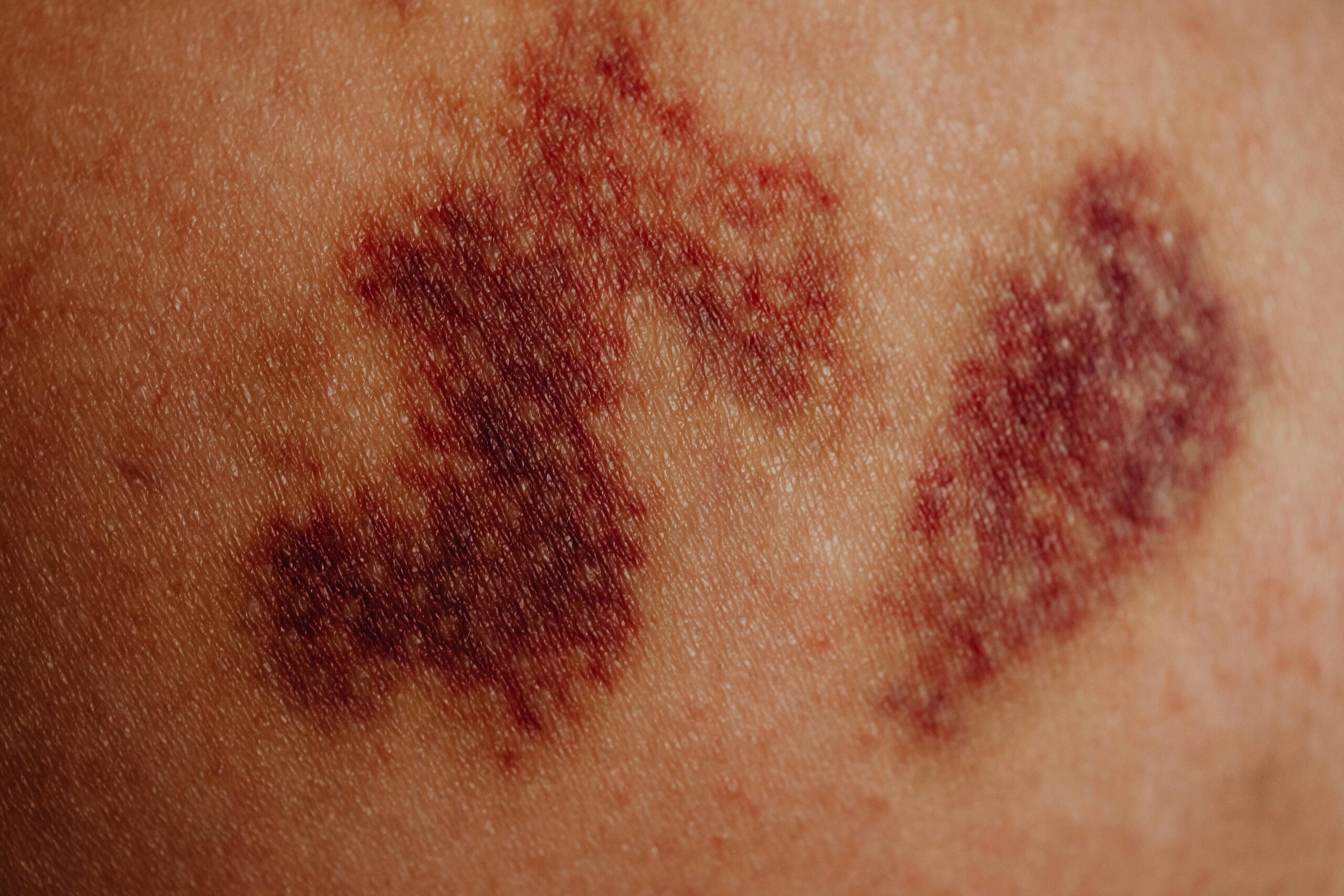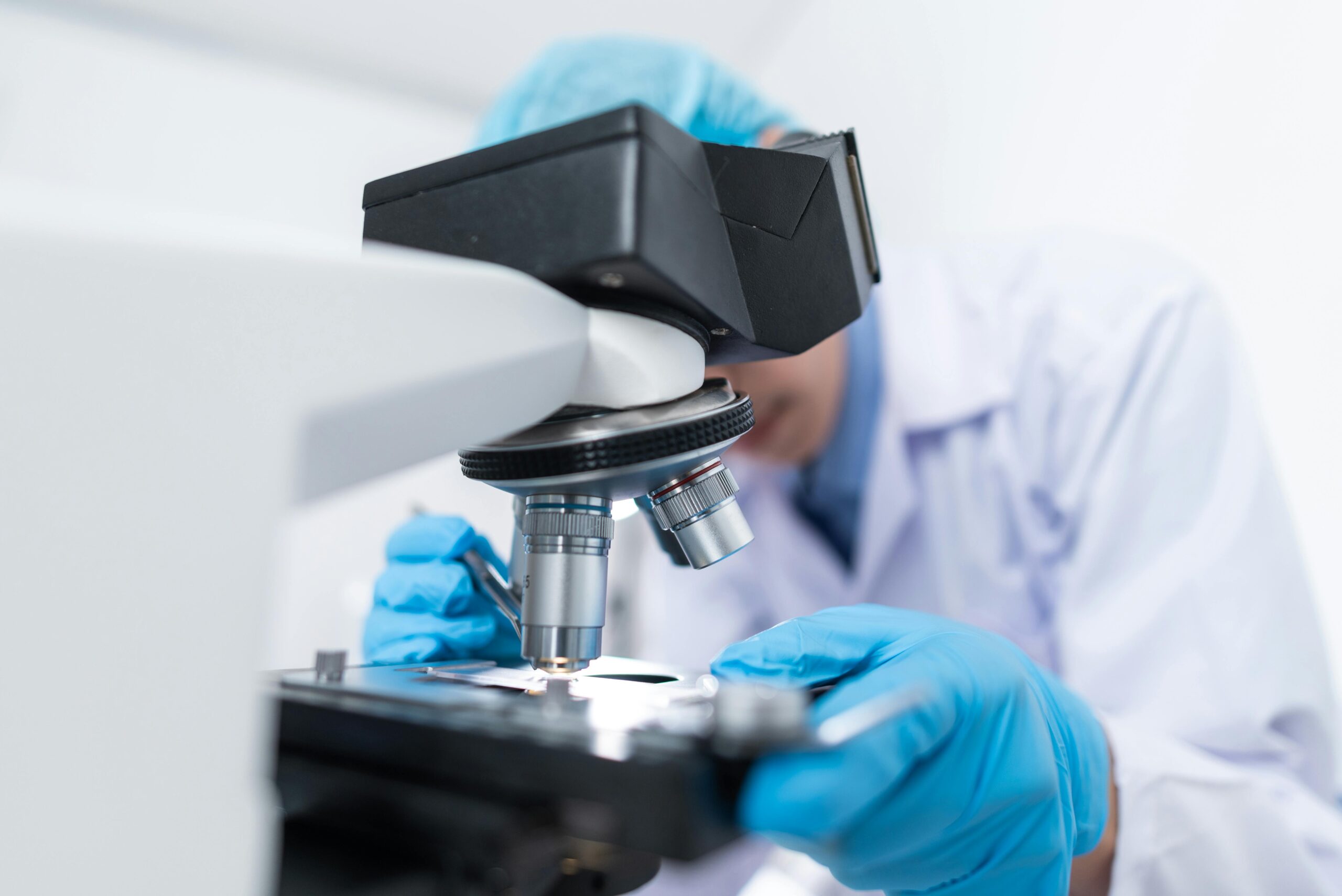The human body possesses remarkable abilities to heal itself, yet certain injuries and diseases exceed its natural regenerative capacity. Tissue engineering and regenerative medicine emerge as groundbreaking fields that harness biological principles, engineering innovations, and medical expertise to restore, maintain, or enhance tissue and organ function.
These disciplines represent a paradigm shift from traditional treatment approaches that merely manage symptoms. Instead, they offer the tantalizing possibility of actually repairing or replacing damaged tissues and organs. As we stand at the convergence of biology, materials science, and clinical medicine, the potential to transform healthcare has never been more promising.
🔬 Understanding the Core Principles of Tissue Engineering
Tissue engineering represents a multidisciplinary approach that combines living cells, bioactive molecules, and scaffolds to create functional tissue constructs. The fundamental concept revolves around providing the right environment for cells to grow, differentiate, and organize into functional tissue structures that can integrate with the patient’s body.
At its core, tissue engineering relies on three essential components often referred to as the “tissue engineering triad.” These elements work synergistically to recreate the complex microenvironment necessary for tissue development and regeneration.
The Critical Components of Successful Tissue Engineering
The first component involves cells, which serve as the building blocks of engineered tissues. These can be harvested from the patient themselves (autologous), from donors (allogeneic), or even derived from stem cells with the capacity to differentiate into various cell types. The choice of cell source significantly impacts the success and applicability of the tissue-engineered construct.
Scaffolds constitute the second essential element, providing structural support and guidance for cell attachment, proliferation, and differentiation. These three-dimensional frameworks can be composed of natural materials like collagen and chitosan, synthetic polymers such as polylactic acid, or hybrid combinations that leverage the advantages of both approaches.
Bioactive signals represent the third component, encompassing growth factors, cytokines, and other molecular cues that direct cellular behavior. These biochemical signals orchestrate critical processes including cell migration, proliferation, differentiation, and tissue remodeling, essentially programming cells to form the desired tissue architecture.
🧬 Regenerative Medicine: Beyond Tissue Engineering
While tissue engineering focuses on creating replacement tissues, regenerative medicine encompasses a broader spectrum of therapeutic strategies aimed at stimulating the body’s own repair mechanisms. This field integrates tissue engineering with approaches like cell therapy, gene therapy, and immunomodulation to achieve comprehensive healing outcomes.
Regenerative medicine recognizes that the body contains innate regenerative capabilities that can be amplified or redirected. By understanding and manipulating these natural processes, clinicians can potentially treat conditions previously considered irreversible, from spinal cord injuries to heart disease.
Stem Cells: The Foundation of Regenerative Potential
Stem cells occupy a central position in regenerative medicine due to their unique properties of self-renewal and differentiation potential. Embryonic stem cells possess pluripotency, meaning they can theoretically give rise to any cell type in the body, though their use raises ethical considerations and regulatory challenges.
Adult stem cells, found in various tissues throughout the body, offer a more ethically acceptable alternative. Mesenchymal stem cells, for instance, can be harvested from bone marrow, adipose tissue, or umbilical cord blood and differentiated into bone, cartilage, fat, and other connective tissues.
The discovery of induced pluripotent stem cells (iPSCs) revolutionized the field by enabling scientists to reprogram adult cells back to a pluripotent state. This breakthrough eliminated ethical concerns while providing patient-specific cells that avoid immune rejection, opening unprecedented possibilities for personalized regenerative therapies.
💡 Clinical Applications Transforming Patient Care
The translation of tissue engineering and regenerative medicine from laboratory concepts to clinical reality has already produced remarkable successes across multiple medical specialties. These applications demonstrate the practical potential of regenerative approaches to address previously intractable health challenges.
Skin Regeneration and Wound Healing
Engineered skin represents one of the earliest and most successful applications of tissue engineering. Patients with severe burns, chronic wounds, or extensive skin loss now benefit from bioengineered skin substitutes that provide both temporary wound coverage and permanent tissue replacement.
These products range from simple acellular dermal matrices to complex living skin equivalents containing both dermal and epidermal components. Advanced formulations incorporate growth factors and antimicrobial agents to accelerate healing while reducing infection risks, dramatically improving outcomes for burn victims and diabetic ulcer patients.
Cartilage and Bone Regeneration
Orthopedic applications of regenerative medicine address the limited self-healing capacity of cartilage and bone tissues. Autologous chondrocyte implantation involves harvesting a patient’s cartilage cells, expanding them in culture, and reimplanting them into damaged joints to restore smooth articular surfaces and alleviate pain.
Bone tissue engineering employs scaffolds infused with osteogenic cells and growth factors to repair critical-size defects that exceed the body’s natural healing capacity. These approaches have successfully reconstructed facial bones, repaired fractures with poor healing potential, and provided alternatives to traditional bone grafting procedures.
Cardiovascular Regeneration
Heart disease remains a leading cause of mortality worldwide, and the heart’s limited regenerative capacity following myocardial infarction presents significant clinical challenges. Cardiac tissue engineering aims to create functional heart muscle patches that can be transplanted onto damaged areas to restore contractile function.
Cell-based therapies inject stem cells directly into damaged heart tissue or deliver them systemically to promote angiogenesis, reduce scar formation, and potentially regenerate functional cardiomyocytes. While still largely experimental, early clinical trials have shown promising improvements in cardiac function and quality of life for heart failure patients.
🔧 Advanced Technologies Driving Innovation
The rapid advancement of tissue engineering and regenerative medicine owes much to emerging technologies that enable unprecedented precision and complexity in creating biological constructs. These innovations are expanding the boundaries of what can be achieved in tissue regeneration.
Three-Dimensional Bioprinting
Bioprinting technology represents a quantum leap in tissue fabrication capabilities, allowing researchers to precisely deposit cells, biomaterials, and bioactive molecules in predetermined three-dimensional patterns. This additive manufacturing approach can create complex tissue architectures with controlled microenvironments that mimic native tissue organization.
Layer-by-layer deposition enables the construction of vascular networks essential for nourishing thick tissues, a major hurdle in tissue engineering. Researchers have successfully bioprinted liver tissue models, cartilage constructs, and even preliminary heart structures, demonstrating the technology’s vast potential for creating transplantable organs.
Biomaterials and Smart Scaffolds
Next-generation biomaterials go beyond passive structural support to actively participate in tissue regeneration processes. Smart scaffolds can respond to environmental cues, releasing growth factors in controlled temporal patterns or adjusting their mechanical properties as tissue develops.
Hydrogels with tunable stiffness, degradation rates, and bioactivity provide customizable microenvironments for different tissue types. Electrospun nanofibers mimic the natural extracellular matrix structure, guiding cell alignment and differentiation. Composite materials combine multiple functionalities to address the complex requirements of tissue regeneration simultaneously.
Gene Editing and Cellular Reprogramming
CRISPR-Cas9 and other gene editing technologies enable precise modification of cellular genomes to enhance regenerative potential or correct genetic defects. Researchers can engineer cells with improved survival, proliferation, or differentiation characteristics, optimizing their therapeutic effectiveness.
Cellular reprogramming techniques allow direct conversion of one cell type to another without passing through a pluripotent intermediate state. This direct transdifferentiation approach could enable in situ tissue regeneration, where existing cells in damaged organs are reprogrammed to replace lost cell populations without requiring cell transplantation.
⚠️ Challenges and Barriers to Widespread Implementation
Despite tremendous progress, tissue engineering and regenerative medicine face significant obstacles that must be overcome before these therapies become routine clinical options. Addressing these challenges requires continued research, technological innovation, and collaborative efforts across disciplines.
Vascularization and Nutrient Supply
Creating thick, complex tissues requires integrated vascular networks to deliver oxygen and nutrients while removing metabolic waste. Tissues thicker than a few millimeters cannot survive on diffusion alone, necessitating functional blood vessel formation within engineered constructs.
Researchers are exploring multiple strategies including prevascularizing scaffolds, incorporating angiogenic growth factors, and bioprinting vascular channels. However, achieving rapid integration with the host circulatory system upon implantation remains a critical challenge limiting the size and complexity of engineered tissues.
Immune Rejection and Biocompatibility
Allogeneic cell sources and certain scaffold materials can trigger immune responses that lead to inflammation and rejection of engineered tissues. Even autologous approaches involving extensive ex vivo manipulation may alter cellular properties in ways that provoke immune recognition.
Immunomodulatory strategies including immunosuppression, cell encapsulation technologies, and engineering immunoprivileged constructs are being developed to address these concerns. Creating truly biocompatible materials that integrate seamlessly with host tissues without triggering adverse reactions remains an ongoing research priority.
Regulatory and Manufacturing Hurdles
The complexity of tissue-engineered products creates regulatory challenges as they don’t fit neatly into existing drug or device categories. Regulatory agencies are developing frameworks for evaluating these advanced therapies, but pathways to approval remain unclear for many innovative approaches.
Manufacturing reproducible, consistent tissue-engineered products at clinical scale presents formidable technical and economic challenges. The labor-intensive, customized nature of many regenerative therapies results in prohibitive costs that limit accessibility. Developing automated, standardized manufacturing processes is essential for widespread implementation.
🌍 The Future Landscape of Regenerative Healthcare
The trajectory of tissue engineering and regenerative medicine points toward increasingly sophisticated therapies that will fundamentally transform how we approach disease and injury. Several emerging trends promise to accelerate progress and expand the impact of regenerative approaches.
Organoids and Organ-on-a-Chip Technologies
Organoids are three-dimensional cellular structures that recapitulate key functional features of organs, offering unprecedented models for studying development, disease, and drug responses. These miniaturized organ systems can be derived from patient cells, enabling personalized medicine approaches and reducing reliance on animal testing.
Organ-on-a-chip platforms integrate organoids with microfluidic systems that mimic physiological conditions including blood flow, mechanical forces, and organ-organ interactions. These biomimetic systems accelerate drug development, disease modeling, and fundamental research while advancing toward eventual therapeutic applications.
Artificial Intelligence and Machine Learning
AI algorithms are increasingly being applied to tissue engineering challenges, from optimizing scaffold designs and predicting cellular behavior to analyzing complex imaging data and identifying optimal culture conditions. Machine learning can process vast datasets to uncover patterns and relationships that guide experimental design and accelerate discovery.
Computational modeling integrated with AI enables in silico testing of numerous variables before conducting expensive and time-consuming laboratory experiments. This approach dramatically increases research efficiency and helps identify the most promising therapeutic strategies worth pursuing.
Personalized and Precision Regenerative Medicine
The convergence of genomics, biobanking, and regenerative technologies is enabling truly personalized therapeutic approaches tailored to individual patients. Patient-derived iPSCs can be differentiated into needed cell types, genetically corrected if necessary, and used to create customized tissue constructs perfectly matched to the recipient.
Precision medicine principles are being applied to identify which patients will benefit most from specific regenerative interventions based on genetic profiles, biomarkers, and disease characteristics. This stratification ensures that advanced therapies are delivered to those most likely to achieve optimal outcomes.
🎯 Ethical Considerations and Societal Impact
As regenerative medicine advances, society must grapple with profound ethical questions about the appropriate uses of these powerful technologies. Issues surrounding equity of access, enhancement versus therapy, and the moral status of engineered tissues require thoughtful deliberation involving diverse stakeholders.
The potential to extend human lifespan and enhance physical capabilities raises questions about fairness and the nature of human identity. Ensuring equitable access to expensive regenerative therapies across socioeconomic groups and geographic regions represents a critical challenge that must be addressed to prevent exacerbating healthcare disparities.
Public engagement, transparent governance frameworks, and ongoing ethical assessment are essential as regenerative medicine moves forward. These technologies hold tremendous promise for alleviating suffering, but their development and deployment must be guided by ethical principles that protect human dignity and promote social justice.

🚀 Building a Healing Future Together
The revolutionary potential of tissue engineering and regenerative medicine extends far beyond individual therapies to fundamentally reimagine healthcare paradigms. Rather than accepting decline and dysfunction as inevitable consequences of injury or aging, we are developing capabilities to restore, regenerate, and maintain optimal health throughout the lifespan.
Realizing this vision requires sustained investment in basic research, clinical translation, workforce development, and infrastructure. Interdisciplinary collaboration among biologists, engineers, clinicians, ethicists, and policymakers will be essential to navigate the complex landscape of regenerative medicine and ensure these advances benefit all of humanity.
As we continue exploring the foundations of tissue engineering and regenerative medicine, we move closer to a future where damaged tissues and failing organs can be repaired or replaced, chronic diseases can be reversed rather than merely managed, and the healing capacity of the human body is amplified through intelligent therapeutic interventions. This healing future, built on scientific innovation and compassionate application, promises to transform lives and redefine the boundaries of medicine itself.
Toni Santos is a biotechnology storyteller and molecular culture researcher exploring the ethical, scientific, and creative dimensions of genetic innovation. Through his studies, Toni examines how science and humanity intersect in laboratories, policies, and ideas that shape the living world. Fascinated by the symbolic and societal meanings of genetics, he investigates how discovery and design co-exist in biology — revealing how DNA editing, cellular engineering, and synthetic creation reflect human curiosity and responsibility. Blending bioethics, science communication, and cultural storytelling, Toni translates the language of molecules into reflections about identity, nature, and evolution. His work is a tribute to: The harmony between science, ethics, and imagination The transformative potential of genetic knowledge The shared responsibility of shaping life through innovation Whether you are passionate about genetics, biotechnology, or the philosophy of science, Toni invites you to explore the code of life — one discovery, one cell, one story at a time.




